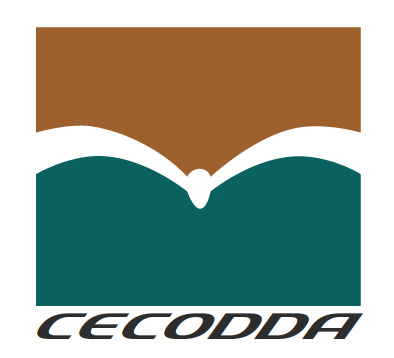Monitoring
Monitoring is and will constitute a planning and management tool under the TradeCom II Programme, thus providing management, both at Programme and individual Project levels, with regular and continuous feedback that can be used to make decisions, manage actions more successfully and plan for better activities in the future. The Monitoring and Evaluation function within the TradeCom II Programme will at the early stages assist in formulating projects and drafting ToRs. It will also help in sharpening the programme’s interventions to ensure greater ownership by the beneficiaries and sustainability of programme activities.
Monitoring & Evaluation (M&E) is, in this respect, a crucial element that the PMU will carry out on the projects at all levels:
- Monitoring of the TradeCom II demand led support provided via Program Estimates scheme (project selected + TA/service contracts signed within the PEs)
- Monitoring of the TradeCom II grant scheme;
- Monitoring of the present technical assistance project / support to TradeCom II; and
- Monitoring at the level of the programme, i.e. TradeCom II overall.
Monitoring activities under the TradeCom II will closely follow international good practices, more specifically, the result based M&E systems and approaches will be observed to. In that respect, specific, simple and user-friendly-tailored models will be adopted to assure relevant and timely M&E results and information, which will be based on periodic and regular measuring of the Objectively Verifiable Indicators (OVIs) identified in the log‐frame of the programme.
In line with international good practices, monitoring under the TradeCom II will rely on information obtained from written documents, normally technical and financial reports prepared by the beneficiary, the contractor and on other information provided at the request of the Contracting Authority (CA), and on-site visits. Site visits will be required in order to further check financial, technical progress against the delineations made in technical and financial reports, and to physically witness the progress in implementation. Monitoring may lead to corrective measures, if required. Corrective measures will be proposed by the PMU if the beneficiary and/or service provider fails to implement the project in accordance with the Description of the Action, and where corrective measures will be needed in order to reinstate the project on its normal course.
The M&E system is conceived around the following tools:
| 1
Sets of monitoring indicators |
2
A monitoring database |
3
A risk assessment procedure |
4
Monitoring missions on site in accordance with a Monitoring Plan |
5
Monitoring reports |
1. Sets of monitoring indicators: at all levels, suitable objectively quantifiable indicators (OVIs) shall be agreed / fine-tuned and used to monitor the implementation;
2. A monitoring database: information on projects and the monitoring process and outcomes will be centralised in a database which will contain as a minimum:
- Data on the projects (title, code, stakeholders, description, budget, etc.);
- Projects contracts;
- Projects work-plans;
- Implementation reports received from the projects;
- Regular communication with the projects;
- Risk assessment and mitigation actions;
- Log-frames and indicators: targets and status (including graphs);
- TA monitoring activities;
- TA monitoring reports; and
- Information on irregularities / fraud.
3. A risk assessment procedure: risk assessment report sheets will be developed to analyse the level of risk involved in each project and allocate requisite priority to the most risk projects. The risk assessment will be a major tool for the preparation of monitoring plans.
4. Monitoring missions on site in accordance with a Monitoring Plan: monitoring plans for the projects within TradeCom II Programme Estimate component and Grant component will be coordinated to implement monitoring visits on site that will cover the technical and procedural issues of the respective projects. The number of visits to field projects per year will depend on the actual number of projects and their level of complexity and risk (risk assessment). The contents of the monitoring plan will include as a minimum:
- Detailed list of projects to visit: grant beneficiary details, project duration, budget, etc.;
- Projects’ timetable and main milestones, including reporting deadlines; and
- On-site monitoring visits timetable and staff assigned.
5. Monitoring reports: based on the monitoring missions on site, the TA will document in the monitoring reports the status of the respective projects and their assessment (rating) and recommendations under the following headings:
- Project synopsis
- Indicators
- Assessment of the current relevance and project design
- Efficiency
- Effectiveness
- Impact
- Sustainability
- Horizontal and cross-cutting issues
- Overall implementation problems / management
- Recommendations.




